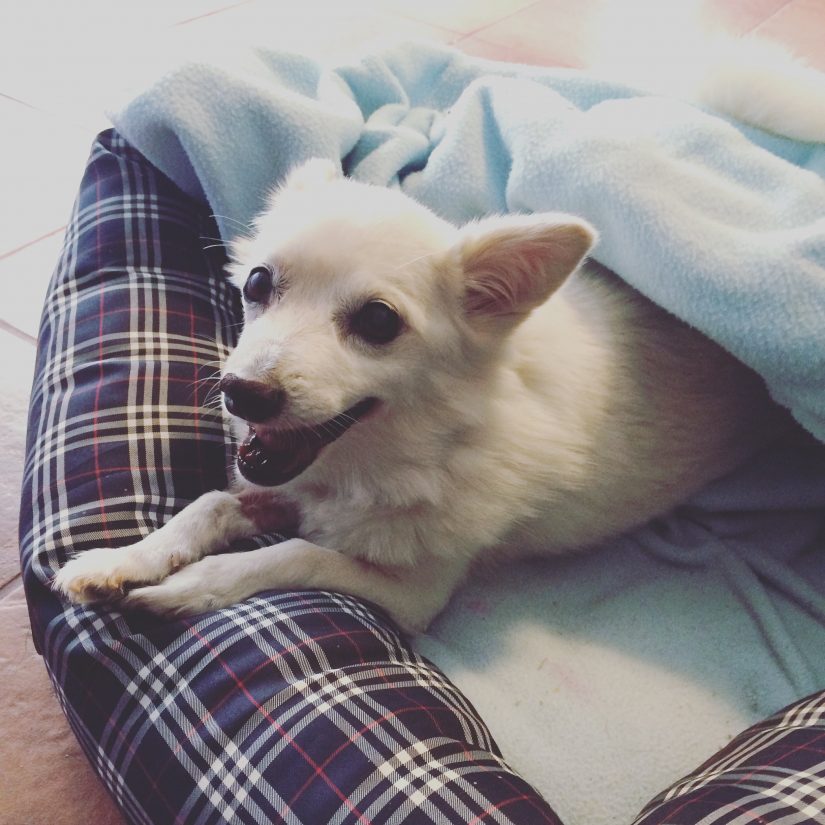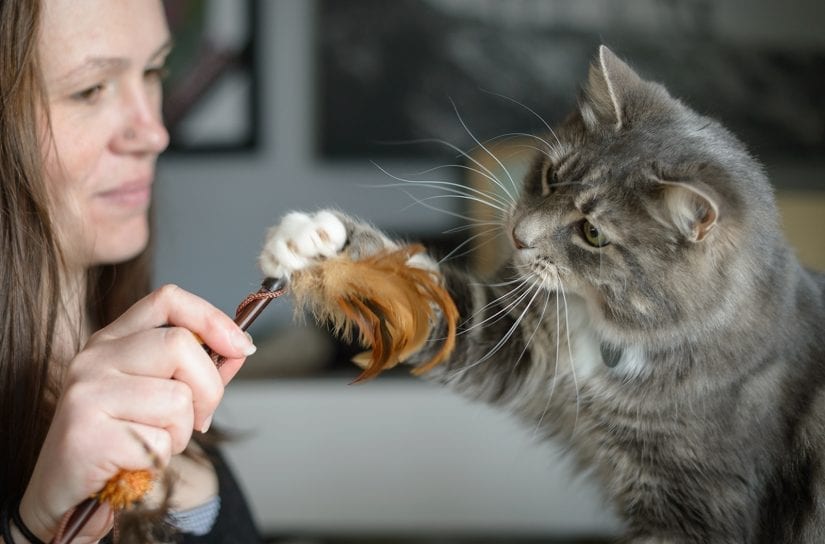Pet care & behaviour
Where would you like your dog to pee and poop outdoors? Here’s 3 steps to help train your dog. To prepare, decide on the area and have lots of special treats ready to give him every time he goes in his area.
1.) Management
Prevent any opportunities for your dog or puppy to have an accident in your home by keeping him with you on a leash, or crate him when you can’t be there to supervise. Control his environment as much as possible.
Puppy house training tips:
-
- Pups need to go outside more often than adult dogs.
- Try to get them out every hour or two so they don’t have accidents
What to do if you’re not home:
-
- Make sure he’s been outside before you go and has an empty bladder.
- Confine him in a crate or dog proof room.
- Manage him like this in the house for at least three weeks.
2.) Train your dog where to go
Start a routine of visiting an area you do want him to pee and poo in.
-
- Visit this area in the morning, after meals, and before bedtime.
- Go with him to the area. Yes, every time!
- When he pees or poos in the area say “yes” and reward him with a yummy treat.
- Reward him every time he goes outside.
3.) Loosen up & interrupt
No accidents for two weeks? Now loosen up your management in the house. If your dog or pup starts to go interrupt him with ‘Uh Uh’ and redirect him to outside. Don’t scare him, just a gentle oops. Don’t forget to reward him for doing his business outside.
-
- If your dog has an accident during the three weeks ignore it. Clean it up when he’s in the other room.
- Remember they don’t pee and poo in the house on purpose. We have to teach them when and where to go and make it worth their while.
- Do not punish your dog even if it’s only 10 seconds after the accident. This is ineffective and abusive and your dog will learn to instead – be afraid of you.
- If your house trained dog starts to have accidents get a veterinarian checkup. Make sure there are no medical concerns.
If your dog has not been indoors for a long time
Start slowly. Your dog needs to get used to being indoors. Put a leash on her and bring her inside for short periods, even for just a few minutes to give her a tasty treat.
Toss treats in the doorway to encourage her to enter if she is too nervous. Never force her. Gradually have her spend more time inside with you. Once she is relaxed, give her time off leash in the house.

Feeding helps a dog get comfortable with being indoors
- Provide your dog with a mat when you feed her outside.
- Feed your dog each meal on the mat; she can be standing, sitting or lying on the mat.
- Remove the mat once she is finished eating. Bring it out again with the next meal.
- Once she is comfortable eating on the mat, bring it indoors along with your dog on a leash at feeding time.
- Feed her on the mat in the house.
- If she doesn’t want to come inside, continue feeding on the mat but move it closer to the door.
- Toss treats in the doorway for her to eat, while allowing her to go back outside if she’s too nervous.
- Your goal is to have your dog eating on her mat in the house and relaxing.
If your dog will come indoors, but she pees inside, chews on things, barks or jumps on people
Learn how to house train an adult dog that is used to living outdoors.
Was your dog outdoors because of a behaviour problem? Learn about dog behavioural issues and how to fix them.
What are some issues with keeping a dog outdoors?



